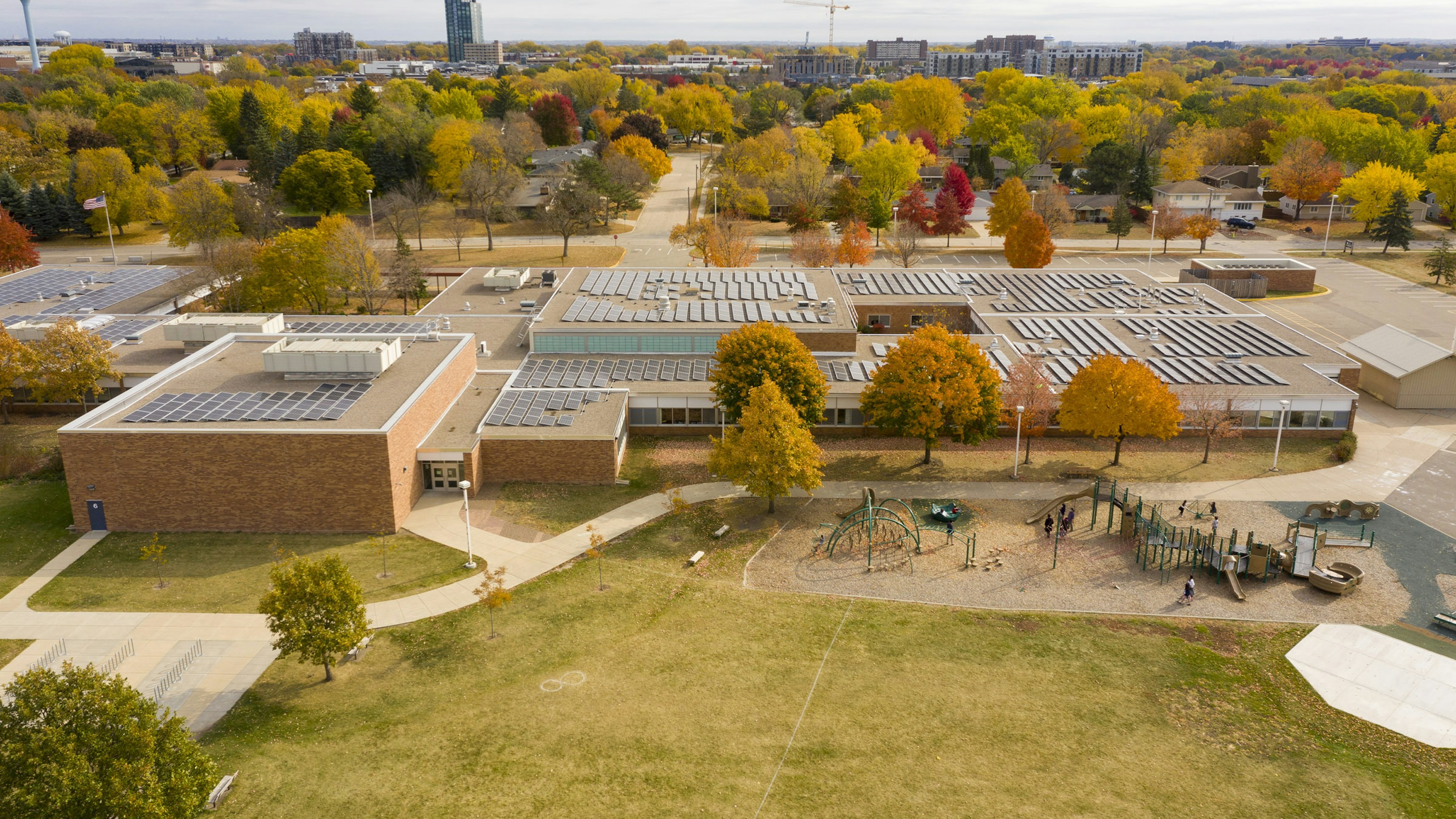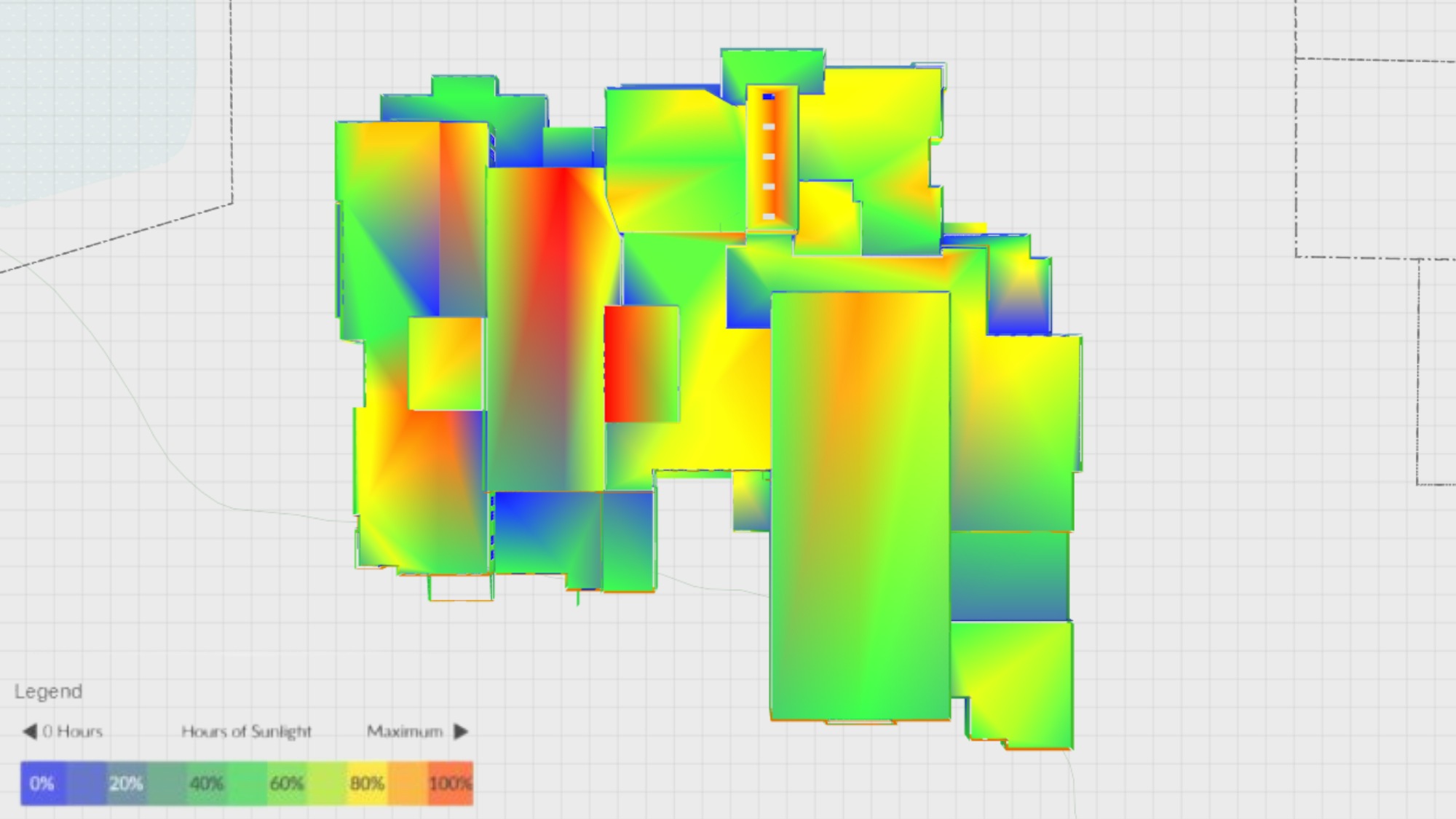
As part of our dedication to climate change, we’re sharing details on our steadfast approach to sustainable design
As a leading architecture and engineering firm, we recognize our responsibility to define and deliver sustainable project outcomes. We are uniquely positioned to elevate sustainable ideals and improve the community environments we serve. To become part of the climate change solution, we have signed onto the AIA 2030 Commitment and are investing the time, expertise and resources necessary to work towards the goal of delivering carbon neutral buildings by the year 2030.
The built environment accounts for the largest source of greenhouse gas emissions (about 40%) in North America. We understand it will be a multi-year effort for design and construction industries to become more sustainable, but as architects and engineers, we are uniquely positioned to provide the leadership necessary to enact meaningful change.
Our Approach
At the inception of our projects, sustainability is at the core of our discussions with our clients as we work on establishing goals, values, and priorities that will set the project on a path toward success. Sustainability goals and building performance metrics are established concurrently with the project budget so that the total life cycle cost of the building can be understood along with the environmental impact.
A distinct focus is placed on analyzing renewable energy strategies such as geothermal and solar PV electricity. Specifically, it is critical to understand their limitations on the physical site while also considering the impacts on the overall design concept and functionality of the building type. Finally, the first cost investment is always weighed against the life cycle cost of the system (including maintenance costs and energy savings) so the client can have a clear picture of the financial conditions.
Through an iterative-participatory process, the design team works toward implementing the building performance criteria through energy modeling at all phases of design.
An integrated design approach maximizes passive energy strategies to maintain a low-cost impact to the building systems and any onsite renewable energy. The outcome typically includes a balance of both passive and active strategies to deliver the ideal building performance.

In the earlier phases of the design process, our architects and designers use state-of-the-art energy modeling software to explore a variety of options that are analyzed in terms of first cost, payback, energy savings and energy use intensity (or how much energy a building uses per person per year). Through each iteration, the energy performance of the building is optimized and the client is engaged to help ensure alignment with the goals, values, and priorities of the project. In the final phases of design, engineers develop a more detailed energy model that is used to estimate the energy use of the actual building being built.
While the building performance metrics are required to be tracked through accredited programs such as LEED (Leadership in Energy and Environmental Design), CHPS (Collaborative for High-Performance Schools), Green Globes, Minnesota B3 or Energy Star certification, any project can be evaluated against the 2030 benchmark, which can help inform future projects.
Establishing building performance goals and aligning expectations around project outcomes is an integral part of Wold’s client-focused process. We have developed a Sustainable Strategies Database to facilitate these early conversations and track discussions about what will be included in a project. Our goal is to make the topic of sustainability a focal point in every project design process moving forward as we work to achieve net zero emissions and create a better planet and brighter future for all.
If you would like additional information about Wold’s approach to sustainability, please contact our team by calling 1-888-254-6789 or emailing info@woldae.com. Our multidisciplinary team of professionals would welcome the opportunity to help assess your needs and develop the best solutions to meet them.